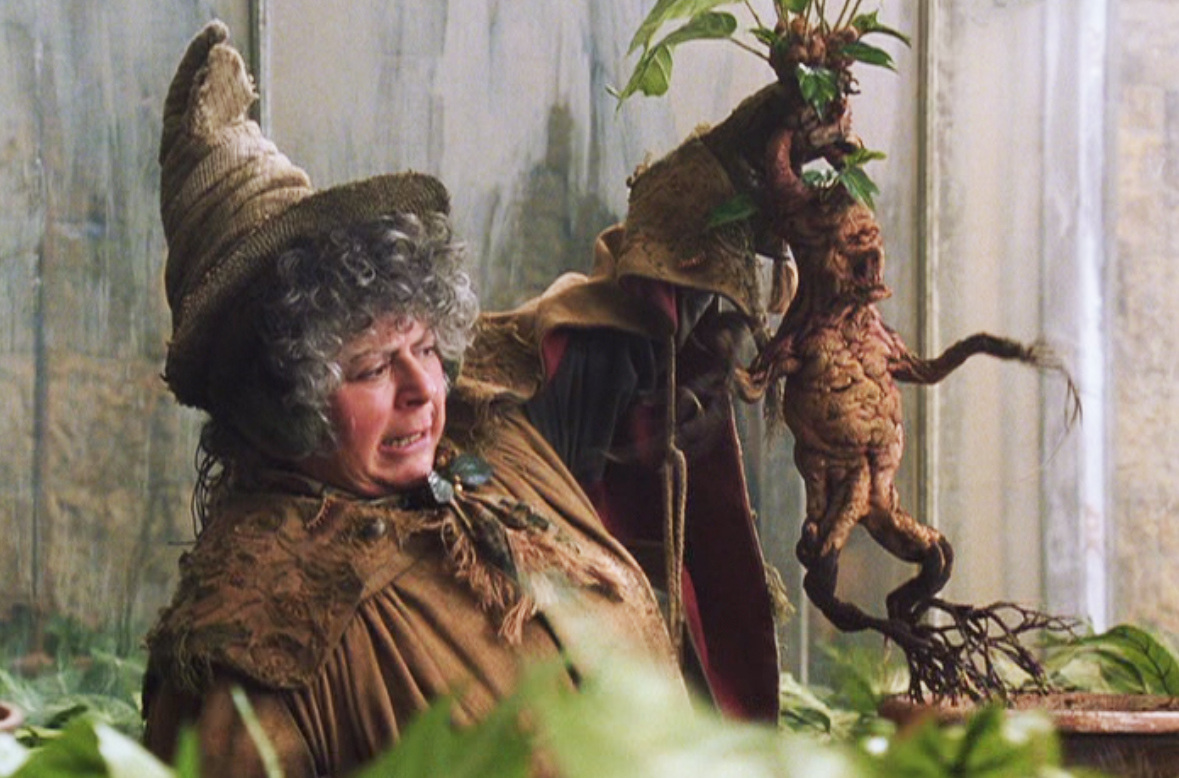

It was likely used in ancient mystery cults. It was one of the most important medicinal plants in human history.Įthnobotanical Use: Mandrake was held in high esteem by many ancient societies, enjoying a religious status in many places. Mandragora was even used to treat psychological disorders. It was used as a soporific (sleeping agent), in an early form of anesthetic called a soporific sponge or spongia somnifera. Mandrake was used in fumigants to “dispel poisoning of the skin” or possession. It was known throughout the Mediterranean and Levant for its use as an aphrodisiac and fertility enhancer. It was used as an analgesic and anesthetic by the Assyrians, and had both medicinal and spiritual important in ancient Egypt. Traditional Medicinal Use: Mandrake has Germanic been used in herbal medicine for millennia. These are just a few of this famous plant’s names. Alraun referred to the humanoid root of the plant as a magical talisman, alruna was an equivalent word for witch. Translations of its names mean, burning/fire, apple of the devil, human shaped, the fire, demon balls, alraunwurzel, circe’s plant, galgenmannlein (gallows man). Mandrake is still used occasionally in homeopathic and folk medicine and has applications in modern witchcraft and occult practices.Common Names: mandrake has had many names over the thousands of years it has been known to man. After the plant had been freed from the earth, it could be used for beneficent purposes, such as healing, inducing love, facilitating pregnancy, and providing soothing sleep. In medieval times it was thought that as the mandrake was pulled from the ground, it uttered a shriek that killed or drove mad those who did not block their ears against it. Human hands were not to come in contact with the plant. It was believed that the mandrake could be safely uprooted only in the moonlight, after appropriate prayer and ritual, by a black dog attached to the plant by a cord.

Its root was thought to be in the power of dark earth spirits. In ancient times it was used as a narcotic and an aphrodisiac, and it was also believed to have certain magical powers. The best-known species, Mandragora officinarum, has long been known for its poisonous properties. You may know that rice is the seed of a plant, but what is the world’s oldest known plant? Which kind of plant can be an annual, biennial, or perennial? Dig deep and unearth the answers in this quiz. SpaceNext50 Britannica presents SpaceNext50, From the race to the Moon to space stewardship, we explore a wide range of subjects that feed our curiosity about space!.Learn about the major environmental problems facing our planet and what can be done about them! Saving Earth Britannica Presents Earth’s To-Do List for the 21st Century.Britannica Beyond We’ve created a new place where questions are at the center of learning.100 Women Britannica celebrates the centennial of the Nineteenth Amendment, highlighting suffragists and history-making politicians.
#Mandrake roots how to#
COVID-19 Portal While this global health crisis continues to evolve, it can be useful to look to past pandemics to better understand how to respond today.Student Portal Britannica is the ultimate student resource for key school subjects like history, government, literature, and more.From tech to household and wellness products. Britannica Explains In these videos, Britannica explains a variety of topics and answers frequently asked questions.This Time in History In these videos, find out what happened this month (or any month!) in history.#WTFact Videos In #WTFact Britannica shares some of the most bizarre facts we can find.Demystified Videos In Demystified, Britannica has all the answers to your burning questions.Britannica Classics Check out these retro videos from Encyclopedia Britannica’s archives.


 0 kommentar(er)
0 kommentar(er)
